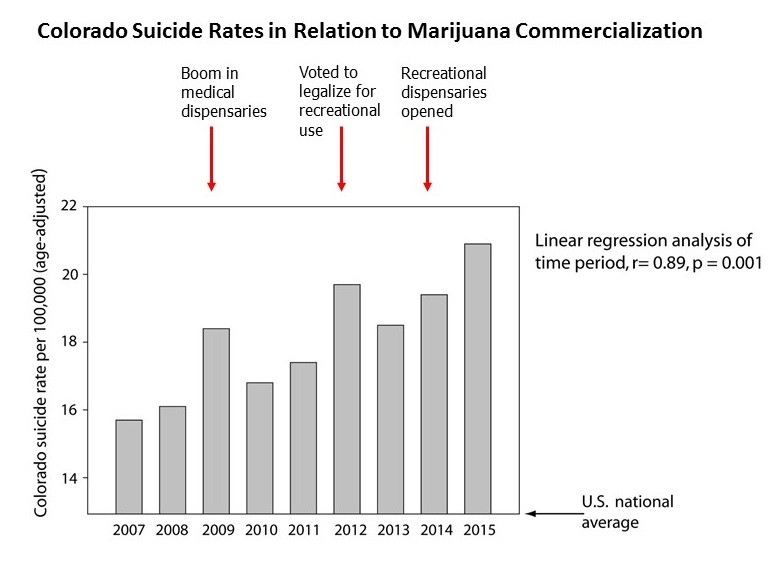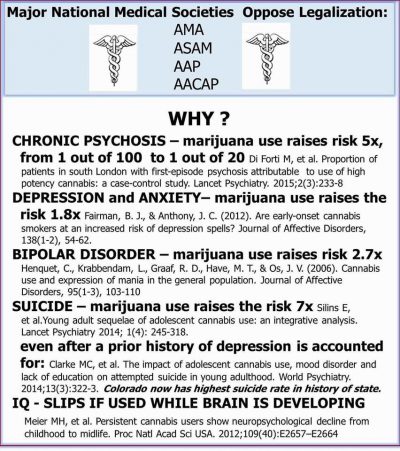SUICIDE
THERE'S ALWAYS A WAY THROUGH
Thoughts and feelings of ending your life can be really scary.
It’s hard knowing what to do and how to cope, but help is available.
It’s hard knowing what to do and how to cope, but help is available.
Seek help as soon as possible if you are:
- Giving up hope
- See no reason for living
- Worrying about things, unable to sleep or sleeping all the time
- Feel like there’s no way out
- Withdrawing from whānau, family, community
- Feeling uncontrolled rage,
- Acting impulsively or doing risky things
- Experiencing sudden mood changes.
NEED HELP NOW?
If this is an emergency, and you feel you or someone else is at risk of harm, phone 111 or go to your nearest hospital emergency department, or phone your local DHB mental health crisis team.
If you are feeling depressed, hopeless and isolated or talking about suicide, you can also:
If you are feeling depressed, hopeless and isolated or talking about suicide, you can also:
- Phone Lifeline on 0800 543 354 or 09 522 2999
- Phone the Suicide Prevention Helpline 0508 828 865(0508 TAUTOKO)
- Click here for more options and phone numbers for who you could talk to.
MARIJUANA AND SUICIDE:
A GROWING RISK FOR OUR YOUTH
HIGH PERCENTAGE OF YOUTH SUICIDES IN COLORADO INVOLVE MARIJUANA
Statistics and Toxicology Reports Reveal Marijuana – Suicide Link
The increasing number of youth suicides seems to be tied to two factors, bullying and marijuana.
Although bullying may be a reason that youth turn to marijuana, in doesn’t resolve the underlying issues making them depressed or upset.
The outcomes for trying to resolve such issues using marijuana are very poor, and in fact marijuana usually makes problems much worse.
Colorado has tracked suicides before and after legalization, and policy makers should be alarmed by the results.
The numbers show an increasing number of suicides by year and by age group.
The youngest group (10 – 14 yo) have increased nearly 270% from 2005-08 to 2013-16.
The next age group (15 – 19 years) increased by 133% over the same period.
The 20-24 years group increased by 128% over the same time period. All of these jumps are very significant.
| Total Number of CO Suicides by 4 Yr Blocks and Age | ||||
| Total | 10-14 yo | 15-19 yo | 20-24 yo | |
| 2005-2008 (4 yrs) | 3108 | 23 | 169 | 273 |
| 2009-2012 (4 yrs) | 3674 | 45 | 171 | 294 |
| 2013-2016 (4 yrs) | 4265 | 62 | 225 | 350 |
| 2009 = Yr Med MJ Commercialization (legal sales) started | ||||
| 2013 = Yr Recreational MJ sales started | ||||
This Graph Demonstrates Clear Relationship Between Cannabis Legalization and Suicide Rates
Note in the below graph that suicide rates were falling in Colorado prior to medical marijuana legalization. Then they started to rise.
They fell off slightly but then skyrocketed when Colorado voters decided to green light the recreational marijuana industry.

The percent of marijuana found in bodies of all suicide victims DOUBLED (from 8.1% prior to legal mj sale, 8.7% during the years of medical mj sales, TO 16% in recreational mj sales years) since recreational sales of marijuana started in 2013 from the preceding two time frames.
THIS should be extremely concerning…. Yet legislators are plowing ahead ….

Toxicology on kids with completed suicide from Colorado 2004-2015 (no data for ’16, ’17).
One scientific study shows the teens who are daily marijuana users are 7x more likely to attempt suicide than non-users.
Another theory as to why marijuana is prevalent is that marijuana can decrease the vomiting reflex. If a person ingests a lethal dose of chemicals that can kill them, the body will try to expel them by vomiting. If a person takes an anti-nausea substance, it may allow those chemicals to stay in their system, therefore allowing the chemicals to kill them.
Ten- to Nineteen-Year-Olds are the Most Vulnerable to Marijuana Related Suicide

Programs to prevent youth suicides need to also be concerned with preventing youth marijuana usage.
Nine out of eleven teens who committed suicide in one Colorado community had marijuana in their system.
It is pathetic. To learn how one teen used marijuana to deal with bullying and then committed suicide, please listen to the following You Tube.
Marijuana Cessation
If your child quits using marijuana, please be sure to give them counseling and support as much as possible.
Since the heavy use of this drug can deplete 20% of your natural dopamine, it takes time for the brain to recover and regain the natural occurring chemicals.
There’s a risk for suicide after marijuana cessation.
The greatest risk comes six months after beginning abstention, according to Dr. Drew Pinsky.
In these cases toxicology won’t show the connection with the drug, and yet, it is well known by researchers that marijuana causes mood disorders like depression which in the most serious cases lead to suicide.
~~~~~~~~~~~~~~~~~~~~~~~~~~~~~~~~~~~~~~~~~~~~~~~~~~~~~~~~
MARIJUANA USE IS LINKED TO INCREASED SUICIDE RISK
Marijuana-related suicide is a controversial topic because other websites include commenters who claim marijuana saved their lives.
Pot interferes with the reward center of the brain, just like cocaine, alcohol and heroin. So when someone dependent on the drug doesn’t have it, their depression or anxiety becomes stronger than previously.
After prolonged use, the brain eventually doesn’t function as well.
For this reason, it’s much wiser to rely on yoga, counseling, walking, and other exercise for depression and anxiety. (Others will say that anti-depressants are safer, although we won’t actually endorse them, and don’t think they’re always necessary.)

Marijuana increases the risk for psychosis more than any other drug.
Marijuana is not the panacea the pot industry wants you to believe.
What Conditions Increase Suicide Risk?
Daily marijuana use below age 18 is connected to 7x the risk of attempted suicide before age 30.
In today’s world, students have huge problems and challenges even if they don’t abuse substances.
Marijuana is the most likely drug of abuse for teens. Any substance abuse –marijuana, alcohol, opiates, other drugs or a combination – generally makes the depression more difficult to overcome.
The town of Pueblo, Colorado has had an alarming trend of suicides among its teens, at least five this year. Although local officials link these deaths to bullying, Pueblo is infiltrated with marijuana and other drugs.
Dr. Steven Simerville, head of pediatrics at a Pueblo hospital, has spoken about the connection between marijuana and teen suicide.
In October, 2016, he said that all but one of teens who attempted suicide had THC in their toxicology reports.
A few years ago studies showed that 28% of all high school students are depressed. There are plenty of reasons for teens to be depressed in this society: hormonal change, social pressure, relationships and academics. The social media adds a layer of complication to the problem with cyber bullying. When a teen becomes an adult, additional challenges emerge, and for some, entry into adulthood is jolting.
Family relationships and community connection are important. With support systems, many youth go through the rough patches and come out stronger. It’s a reason that government needs to protect our youth, educate against marijuana and stop legalization.

Suicide is Increasing Above National Rate in Colorado
The opposite is occurring in Colorado. Suicide rates in Colorado have reached all-time highs, according to a recent report by the Colorado Health Institute.
Each one of Colorado’s 21 health regions had a suicide rate higher than the national average.
Those old enough to go into dispensaries can see how the pot industry advertises marijuana to treat depression or anxiety. Dispensaries prey on the vulnerable. For veterans and those without a job, it’s hard to resist.
When the pot industry tells us that “no one ever died from marijuana,” they’re being dishonest.
There’s a popular strain of marijuana called Purple Suicide.
There’s also a line of vape pens called Suicide Girls, specifically marketed for using honey/hash oil.
Makers of the vape pens and marketers of Purple Suicide are onto something: marijuana use increases the suicide risk.
When they assert the numbers of those who die from alcohol each year, please ask
"who is tracking deaths from marijuana".
Maybe it is time to start tracking marijuana-related deaths.
~~~~~~~~~~~~~~~~~~~~~~~~~~~~~~~~~~~~~~~~~~~~~~~~~~~~~~~~
CLICK HERE FOR FURTHER CRUCIAL INFORMATION>>>




No comments:
Post a Comment